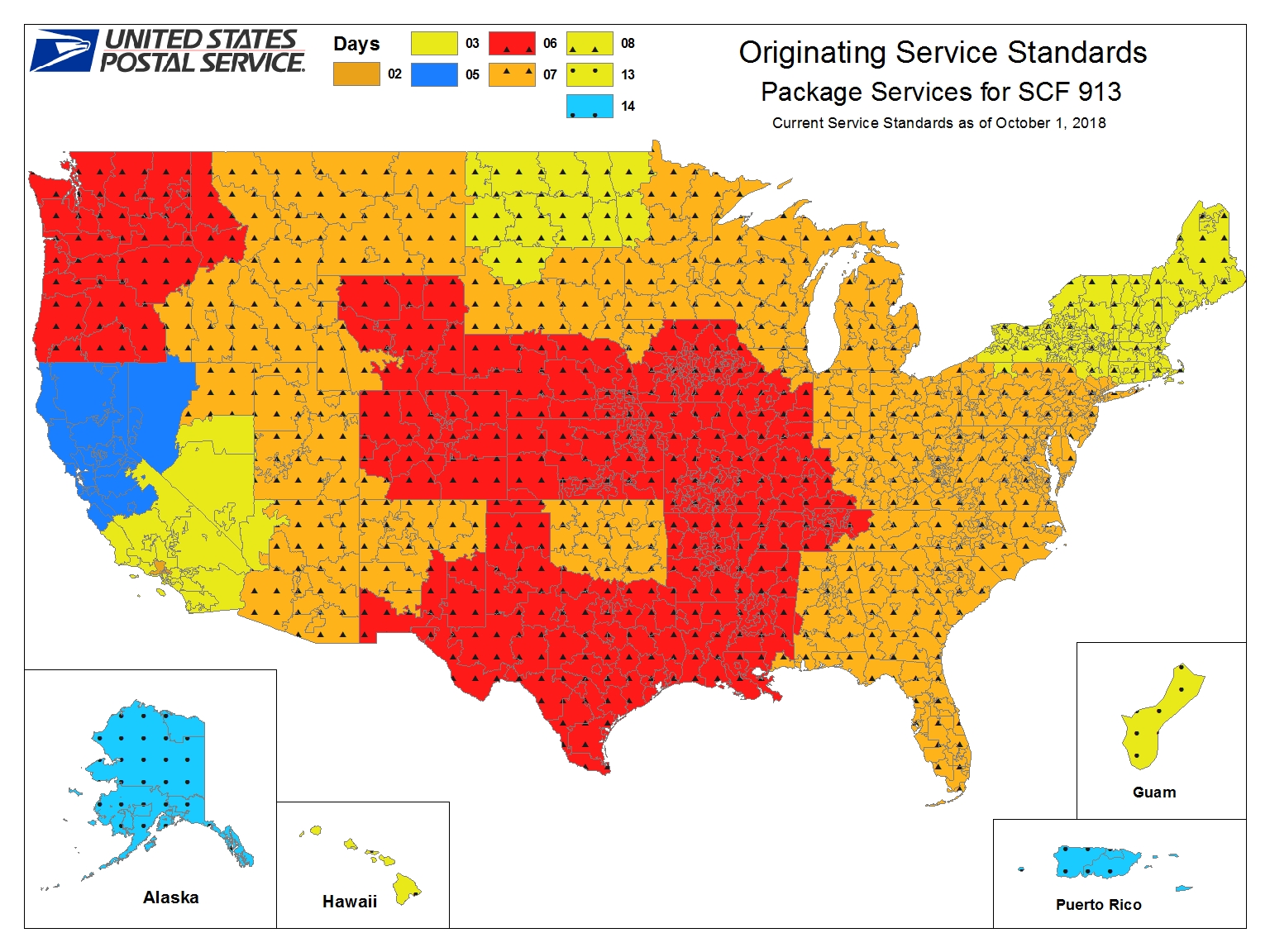How to Properly Use a Torque Wrench for Better Tightening
Using a torque wrench correctly is fundamental for achieving the right amount of tension when fastening bolts and nuts, whether you’re working on a car, assembling machinery, or managing construction projects. This essential tool helps in applying the specified torque values to ensure that components are secured without risking damage. By understanding how to use a torque wrench correctly, you can take on various applications across different fields, including automotive, construction, and mechanical assembly.
In this comprehensive guide, we will explore the importance of proper torque settings, various types of torque wrenches, and techniques for effective usage. We’ll also discuss the standards and common mistakes you should avoid in your torque applications. By the end of this article, you’ll have the knowledge you need to maximize your tool's efficiency and effectiveness.
Key takeaways from this article include insights on common torque specifications, torque wrench calibration, and effective techniques to ensure accurate torque applications. Let’s dive into the world of torque wrench usage!
Understanding Torque Settings Explained
Before you can effectively use a torque wrench, you need to understand what torque settings are and how they impact the performance of tools and components. Torque is a measure of rotational force, typically quantified in foot-pounds (ft-lb) or Newton-meters (Nm). Proper torque settings are crucial for the strength and longevity of mechanical connections.
Defining Torque and Its Importance
Torque is critical in ensuring that fasteners are tightened adequately. Under-tightening can lead to mechanical failure, while over-tightening can strip threads or damage components. Therefore, understanding torque values for specific applications is essential in any project.
Common Torque Specifications
Every project has its standard torque specifications, which can vary based on the material and size of the fasteners. For instance, automotive specifications often provide clear guidelines for the right torque levels for different engine parts. Familiarizing oneself with these specifications can vastly improve performance and safety.
Impact of Wrong Torque Settings
Using the incorrect torque can have severe consequences. Over-tightening can result in component failure and costly repairs, while under-tightening can lead to loosening and mechanical accidents. Therefore, understanding the proper torque practices is crucial in any setting, ensuring that safety standards are met and equipment functions as intended.
Selecting the Right Torque Wrench for Your Needs
Choosing the right torque wrench is a pivotal step in ensuring accurate torque applications. There are several types of torque wrenches available, each designed for different applications and precision levels.
Types of Torque Wrenches
The most common types of torque wrenches include:
- Click Torque Wrench: This type emits a click sound once the specified torque value is reached, making it easy for users to apply the correct force without over-tightening.
- Beam Torque Wrench: This simple design relies on a pointer and a scale to display torque values, allowing manual measurement without any electronic components.
- Digital Torque Wrench: Featuring a digital display, this type offers precise measurement readings and often allows for torque value presets, improving accuracy and speed during tightening.
When to Use Each Type of Torque Wrench
Understanding when to use each type is just as important as knowing how to use them. Digital torque wrenches are great for frequent high-torque applications, while beam wrenches are suitable for simpler, less demanding tasks. Selecting the appropriate type according to the project need enhances both safety and effectiveness.
Benefits of Using a Torque Wrench
Utilizing a torque wrench simplifies many aspects of mechanical assembly, enhancing accuracy, safety, and efficiency. It prevents common mistakes associated with manual fastenings, providing peace of mind along with precise adherence to torque specifications.
Proper Techniques for Using a Torque Wrench
Merely possessing a torque wrench isn’t sufficient; mastering its use is key to ensuring optimal torque application. This involves understanding adjustments, techniques for reading torque correctly, and grasping the nuances that come with handling such tools.
How to Adjust Torque Settings
Most torque wrenches allow for adjustments of torque settings based on project requirements. Familiarize yourself with the mechanism on your specific wrench—whether it’s a click-style or digital model—so you can set the desired torque easily. For many models, you'll need to rotate a collar or dial to select the correct value.
Reading a Torque Wrench Correctly
Understanding how to read a torque wrench is essential for maintaining accuracy. For analog models, ensure you check the indicator against the scale, while digital models will often display the value automatically. Remember also to calibrate your wrench according to the manufacturer's guidelines for precise readings.
Common Mistakes with Torque Wrenches
Errors can occur with torque wrenches, from misreading the settings to not using the tool at a proper angle. Always approach the fastener with a steady hand, applying consistent pressure, and avoid using the wrench to loosen fasteners, as this can damage the internal mechanisms.
Maintaining Your Torque Wrench for Longevity
Regular maintenance of your torque wrench will ensure its longevity and accuracy over time. Proper care involves cleaning, calibration, and storing the tool correctly, each of which contributes to its functionality.
Cleaning Your Torque Wrench
After each use, it’s essential to wipe down your torque wrench to remove any dirt or contaminants that may impact its performance. Use a soft cloth and a suitable cleaning agent to maintain its surface, ensuring that it is functional for the next use.
Importance of Torque Calibration
Calibration is an essential process that ensures your torque wrench measures accurately. It is advisable to calibrate your tool periodically, especially if it has been dropped or heavily used. Many manufacturers offer calibration services or guidelines for self-calibration.
Storage Tips for Torque Wrenches
When not in use, store your torque wrench in a protective case and set it to its lowest torque setting. This practice helps maintain the internal springs and mechanisms in optimal condition, prolonging their lifespan and accuracy.
FAQs About Torque Wrench Usage
What is the best way to use a torque wrench?
The best way to use a torque wrench involves understanding the specified torque settings for your project, ensuring the tool is calibrated correctly, and using it at the appropriate angle while applying steady pressure.
How often should you calibrate a torque wrench?
Calibration frequency depends on usage; however, it is advisable to calibrate at least once a year or if the tool has experienced any significant impact.
Can I use torque wrenches on bike maintenance?
Absolutely! Using a torque wrench is highly recommended for bike maintenance, particularly to ensure that components are tightened to the manufacturer’s specifications for safety and performance.
Benefits of Using a Torque Wrench
Utilizing a torque wrench offers numerous benefits, from improving the reliability of mechanical fittings to enhancing the safety of equipment. Here are some critical points to consider:
Efficiency in Fastening
With a torque wrench, fasteners are applied systematically to preset limites, providing uniformity which extends the lifespan of materials and prevents failures.
Improved Accuracy
Using a torque wrench helps reduce the chances of error associated with hand tightening, delivering measurable results that are vital in any mechanical assembly.
Bridging the Gap in Application
Torque wrenches play a significant role across various industries, including automotive, construction, and manufacturing, allowing professionals to ensure that the correct amount of torque is always applied.


